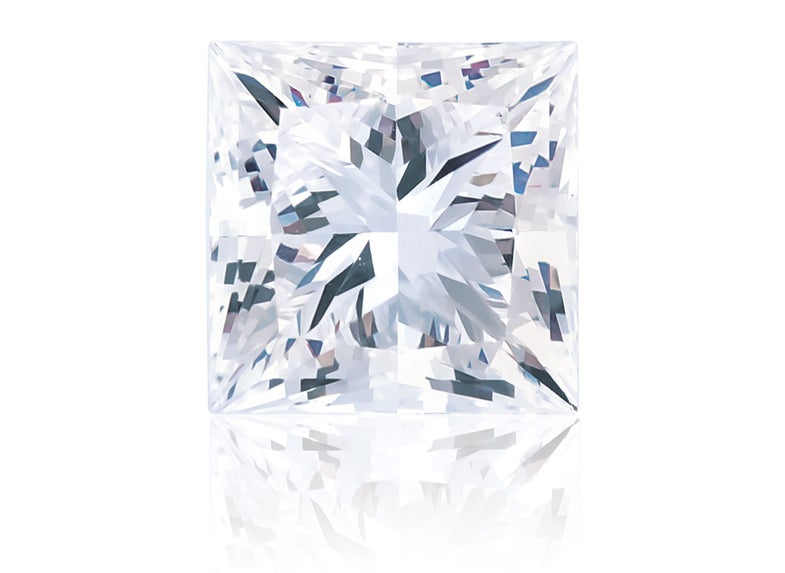6 Things You Should Know About Lab Diamonds
Lab Diamonds Help Catch Up to Demand

A clear, sparkling diamond is rare. That’s part of its appeal. Those mined today formed billions of years ago. But a new method can grow gem-quality diamonds on demand in just three months. Lab diamonds are identical to their natural counterparts and cost 30 to 40 percent less. That’s promising for anyone in the market for an engagement ring. And it bodes well for the future of electronics too.
Global demand for diamonds is currently on the rise, thanks in part to a growing middle class in countries such as India and China. But it’s been a decade since a large diamond mine has been discovered. By 2019, demand is projected to outstrip supply by 5 to 6 percent.
Luckily, diamonds can also be made in a lab. In the 1950s, scientists first created diamonds by replicating the intense heat and pressure that forms them underground. The stones tend to be discolored and small (in some cases just a powder), but they retain a natural diamond’s defining properties.
Diamond is one of the hardest known materials. It can withstand high levels of radiation and doesn’t trigger an immune response. This makes it useful in construction, nuclear engineering, and medicine. In 2013, industry used about 1,500 tons of diamond, 99 percent of which were lab-grown.
To make purer gems, diamond-grower IIa Technologies refined a process called chemical vapor deposition. In a vacuum chamber, they shower a fingernail-thin diamond “seed” with microwave rays and methane and hydrogen gases. These build up layers of carbon bonds.
In March, IIa opened the world’s largest diamond-growing facility in Singapore. It’s capable of cranking out more than 300,000 carats a year, using half the energy of diamond mining. Plus it has far less environmental impact. To the naked eye, the diamonds are indistinguishable from natural ones. But they’ll still be a tough sell for jewelry, where lab-grown make up less than 1 percent of the market. “They’re seen as inauthentic, no matter that they are objectively identical,” explains Ravi Dhar, director of the Center for Customer Insights at Yale University.
Diamond’s unsurpassed thermal conductivity makes it an ideal heat sink for electronics. It transfers about twice the heat and can carry more current than the silicon usually used in semiconductors. IIa is working to grow diamond plates that will enable smaller, more-powerful devices that don’t overheat. “It will take time,” says physicist Devi Shanker Misra, who invented IIa’s technique, “but I hope that it will replace silicon.”
This article was originally published in the August 2015 issue of Popular Science under the title “Lab-Grown Diamonds to Keep Electronics Cool.”
Find out how to tell the difference between lab-grown and natural diamonds here.